What is Peace to You?
Note: This was originally published in our bi-weekly e-newsletter, Liminal Spaces. To get future issues delivered to your inbox (and get our ebook for free!), sign up here.
We have an odd practice in the Episcopal Church that I’m finally starting to enjoy. About half-way through the service, after a time of corporate confession we pass the peace. Our priest stands and says, “The peace of the Lord be always with you.” The people respond in unison, “And also with you.” From there, chaos ensues. The congregation turns and welcomes those in the pews in front or behind with a gesture or handshake. Seasoned veterans proclaim, “Peace of Christ to you,” to shy newcomers who smile sheepishly in return. At our parish it’s mostly a mixture of awkward nods or smiles to people you don’t really know, but it’s also the occasion to hug someone’s neck you haven’t seen in a while. Passing the peace is a tradition rooted in Scripture that embodies our identity as peacemakers and trains our hearts, hands, and tongues in the ways of peace.
Jesus modeled this passing of the peace when he said to his followers, “My peace I leave with you; my peace I give you. I do not give to you as the world gives.” So, what is this peace he leaves and this peace we pass? It most certainly cannot mean passivity in the face of evil. As Otilia deKoster said, “What I fear is being in the presence of evil and doing nothing. I fear that more than death.” And I agree.
Contrary to what many assume, peace isn’t meekness in the face of evil it is the courageous and oftentimes creative task of disarmament. Active peacemaking is a way to fight against injustice without using violence. It is using the transformative force of love to resist oppression. It says that the means are the ends, that the way to peace is peace itself. “Love of enemies does not necessarily ease tensions; rather it challenges the whole system and becomes a subversive formula for true personal and national liberation,” writes liberationist theologian Gustavo Gutierrez. Therefore we shouldn’t be surprised that peacemakers like Dr. Martin Luther King, Nelson Mandela and Mahatma Gandhi appear as anything but peaceful.
Sometime this week, pause to consider what peace might look like in your life. Remembering the peace we pass may not be the absence of tension but the presence of restorative justice.
Is there someone in your life causing you harm? If so, how do you creatively and courageously confront them nonviolently? If you are privileged, how can you insert yourself between oppressors and the oppressed in peaceful solidarity with the hurting? What does peace and nonviolence look like in your daily life and work? How do you resist evil on social media without resorting to evil yourself? For those of us deconstructing our faith, how do we deconstruct nonviolently?
If you are struggling to understand what active peacemaking looks like, consider this. Being a peacemaker often includes the ability to seize the initiative, reverse power dynamics, assert your own humanity, break cycles of humiliation and shame, all while exposing systems of injustice. It’s certainly not passive. It is often chaotic and awkward. But after a while, you look forward to being an instrument of peace in a hurting world.
May the peace of the Lord be always with you.
Gary Alan Taylor
The Sophia Society

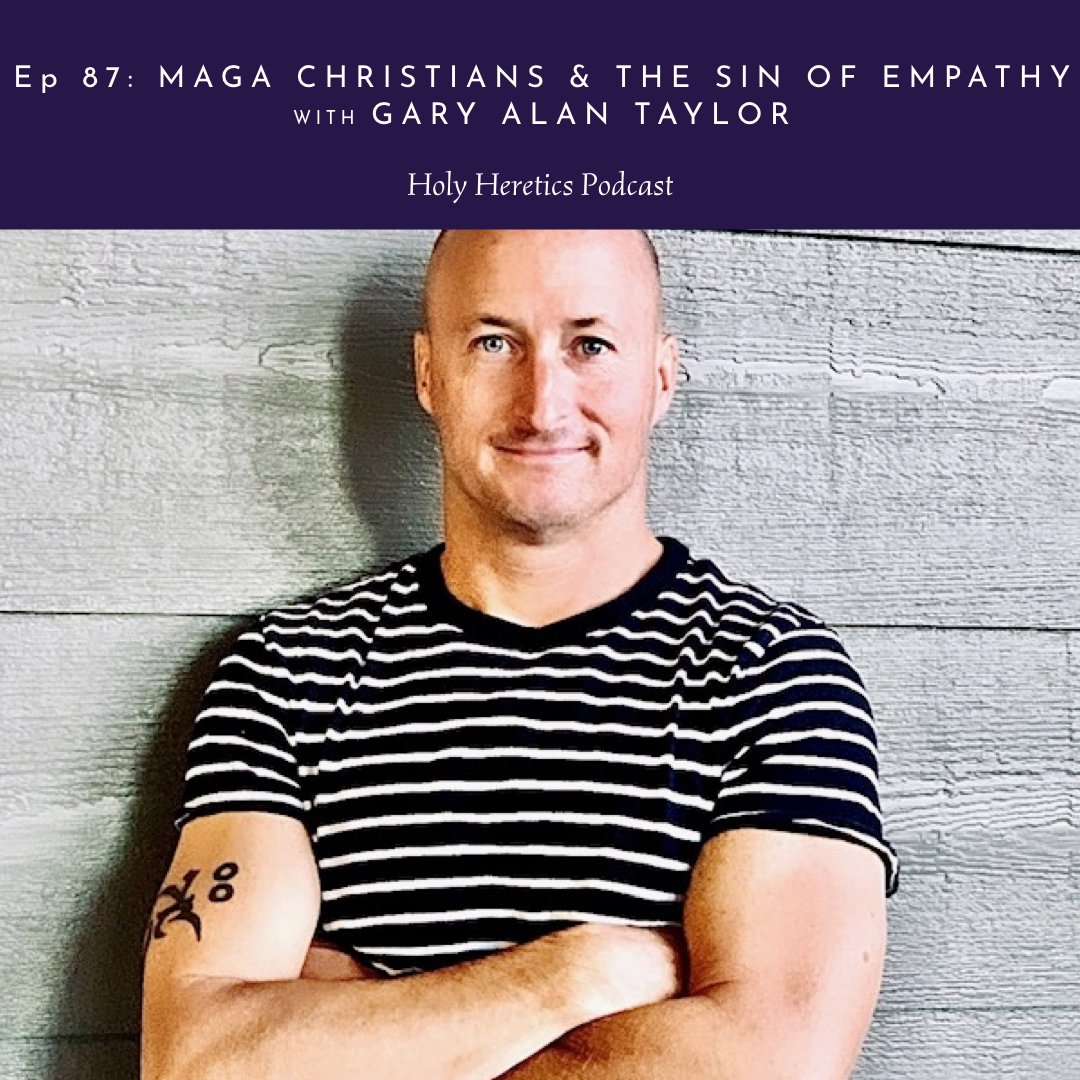
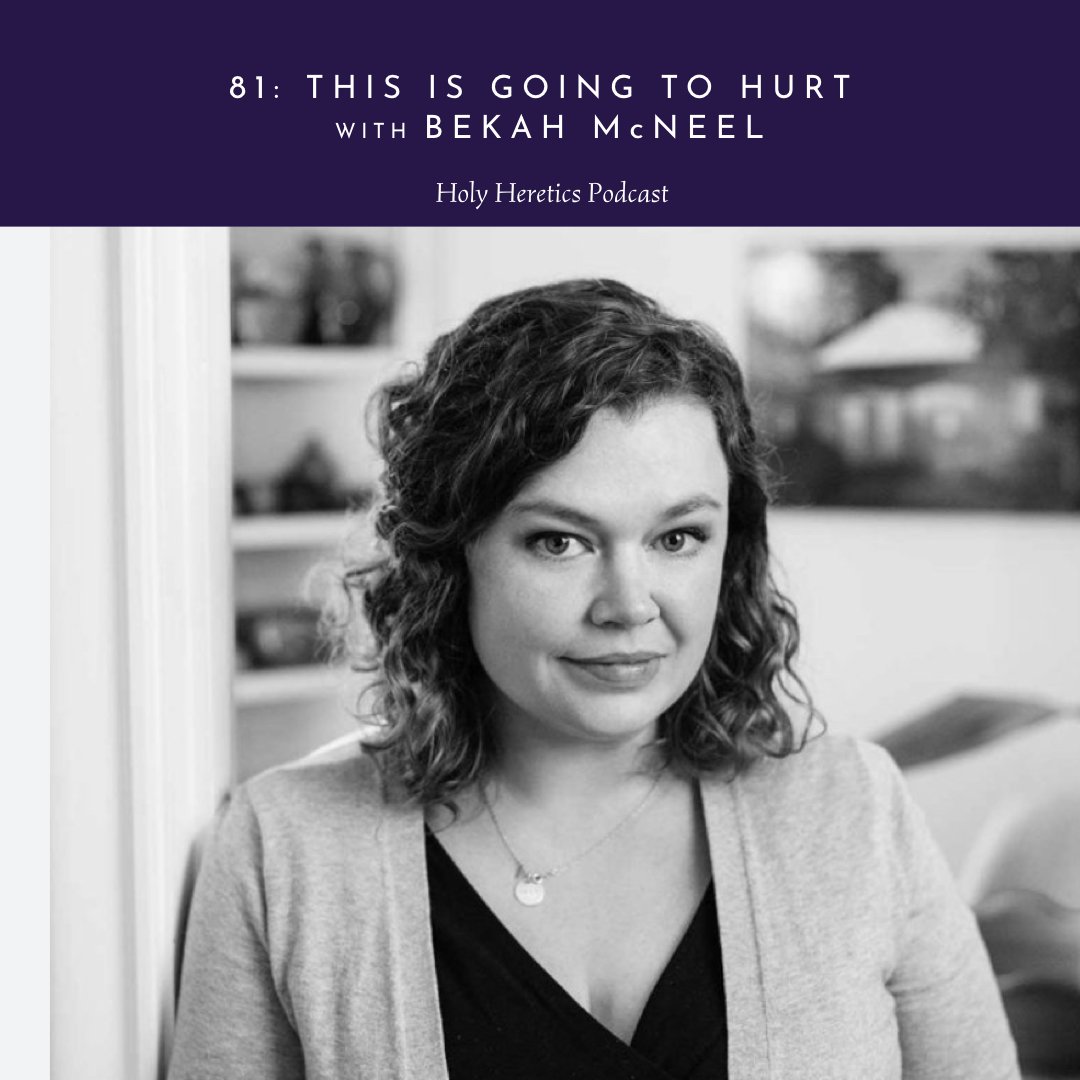
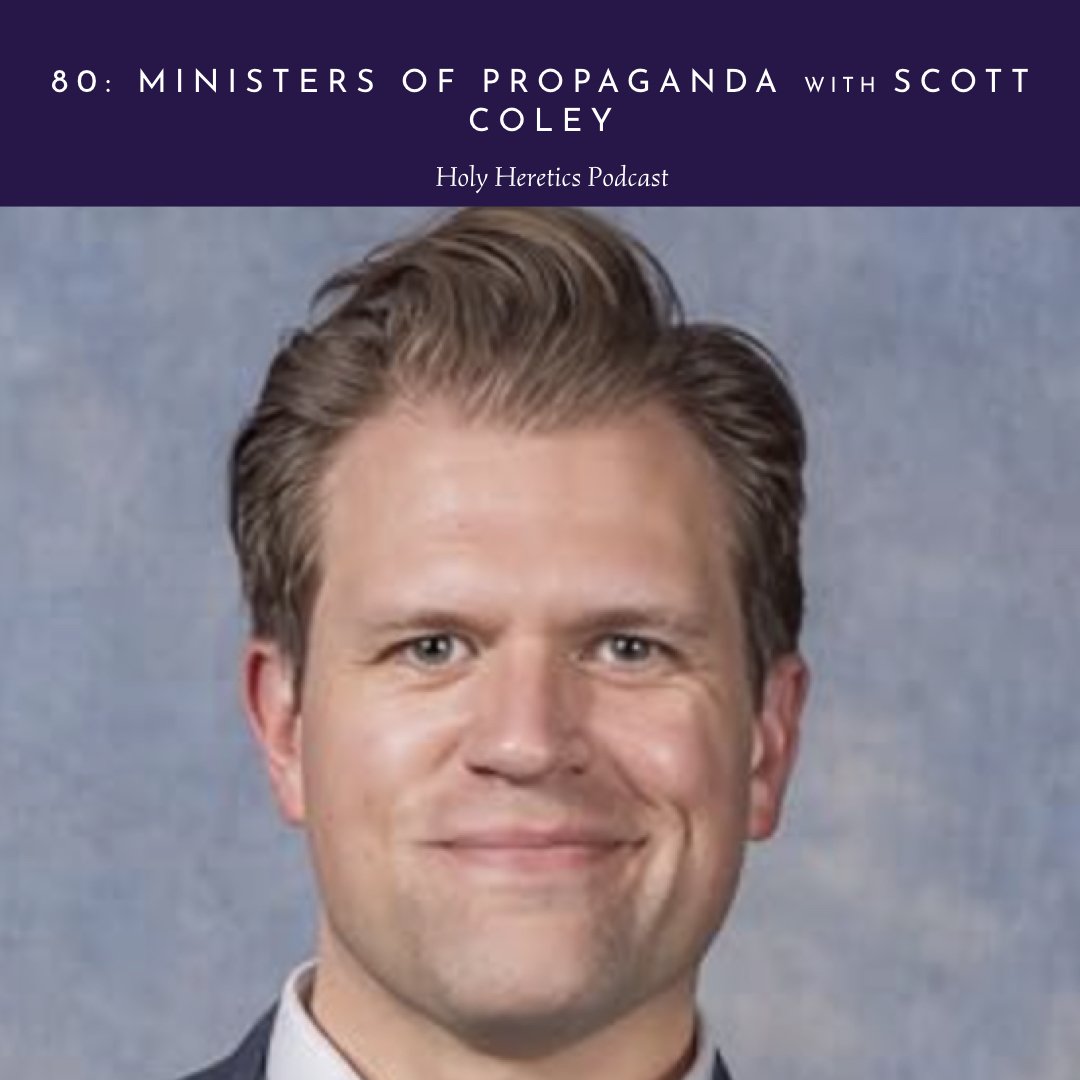
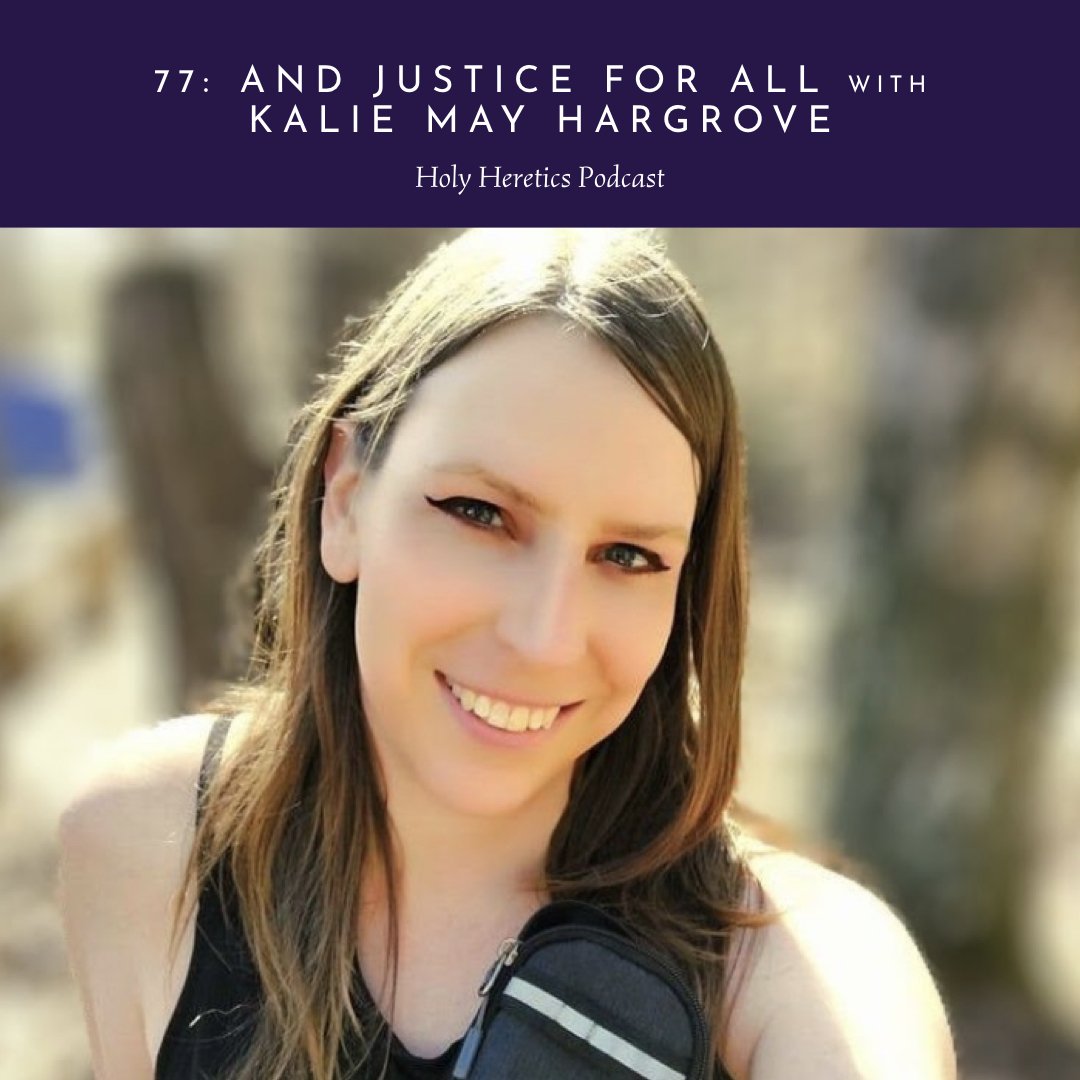
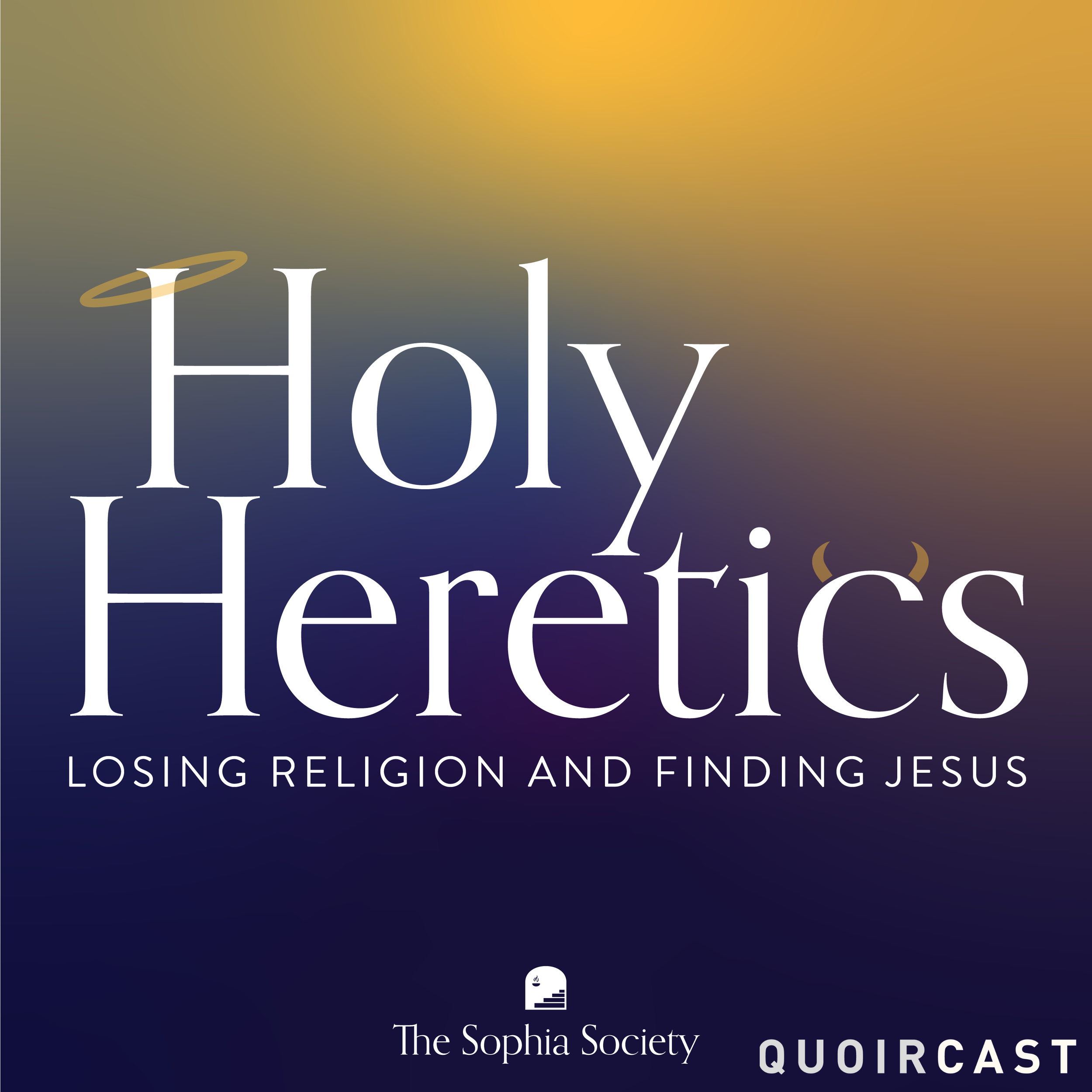
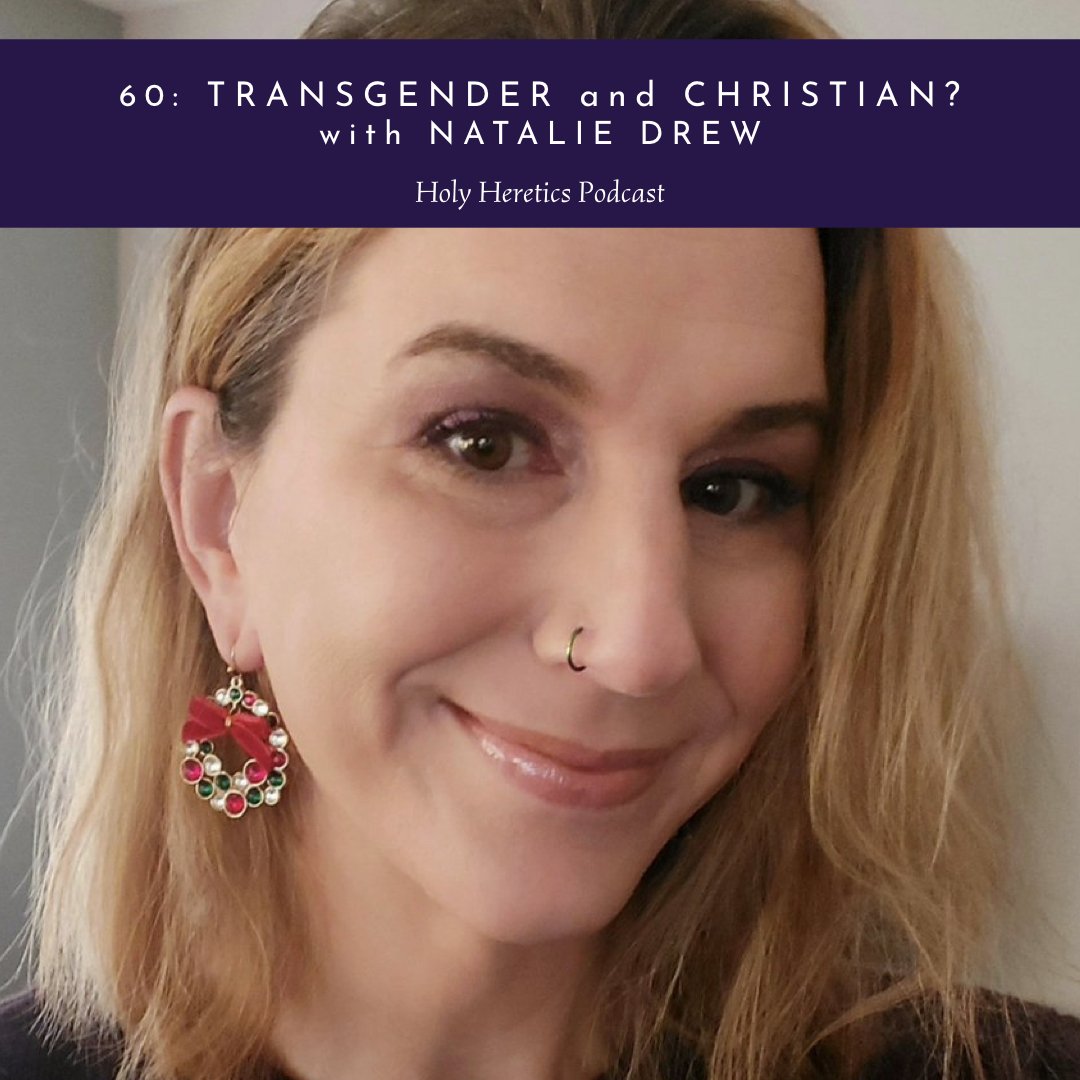
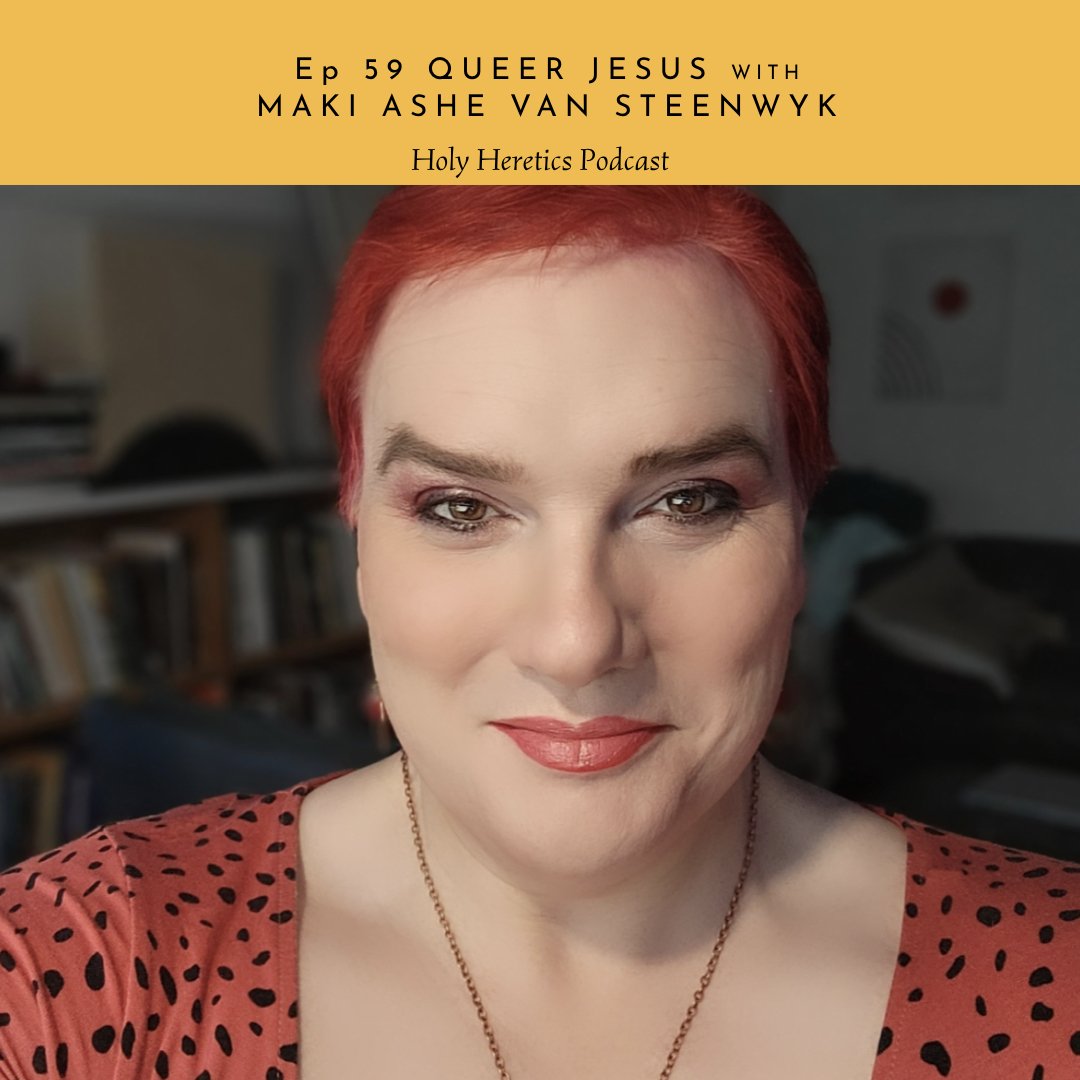
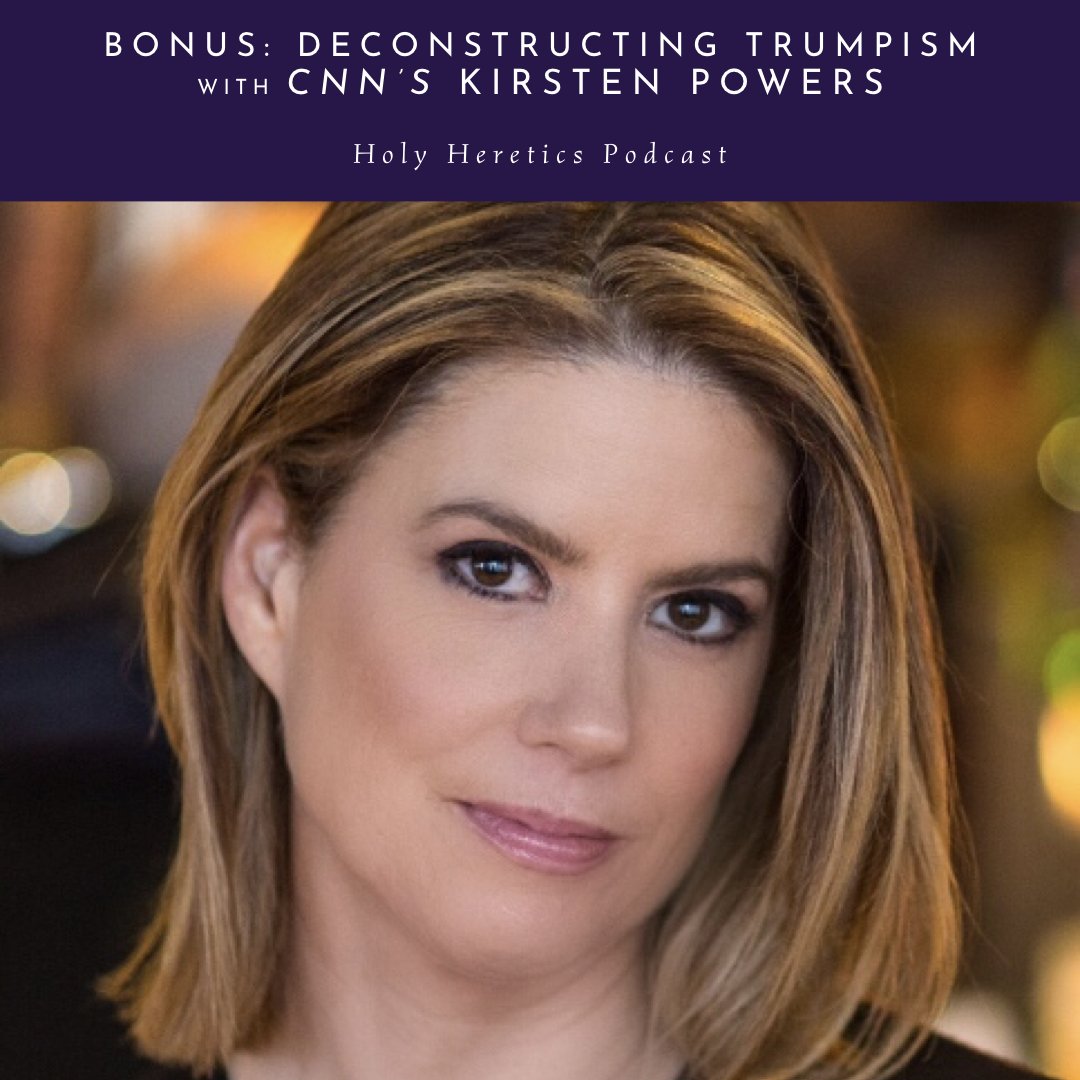
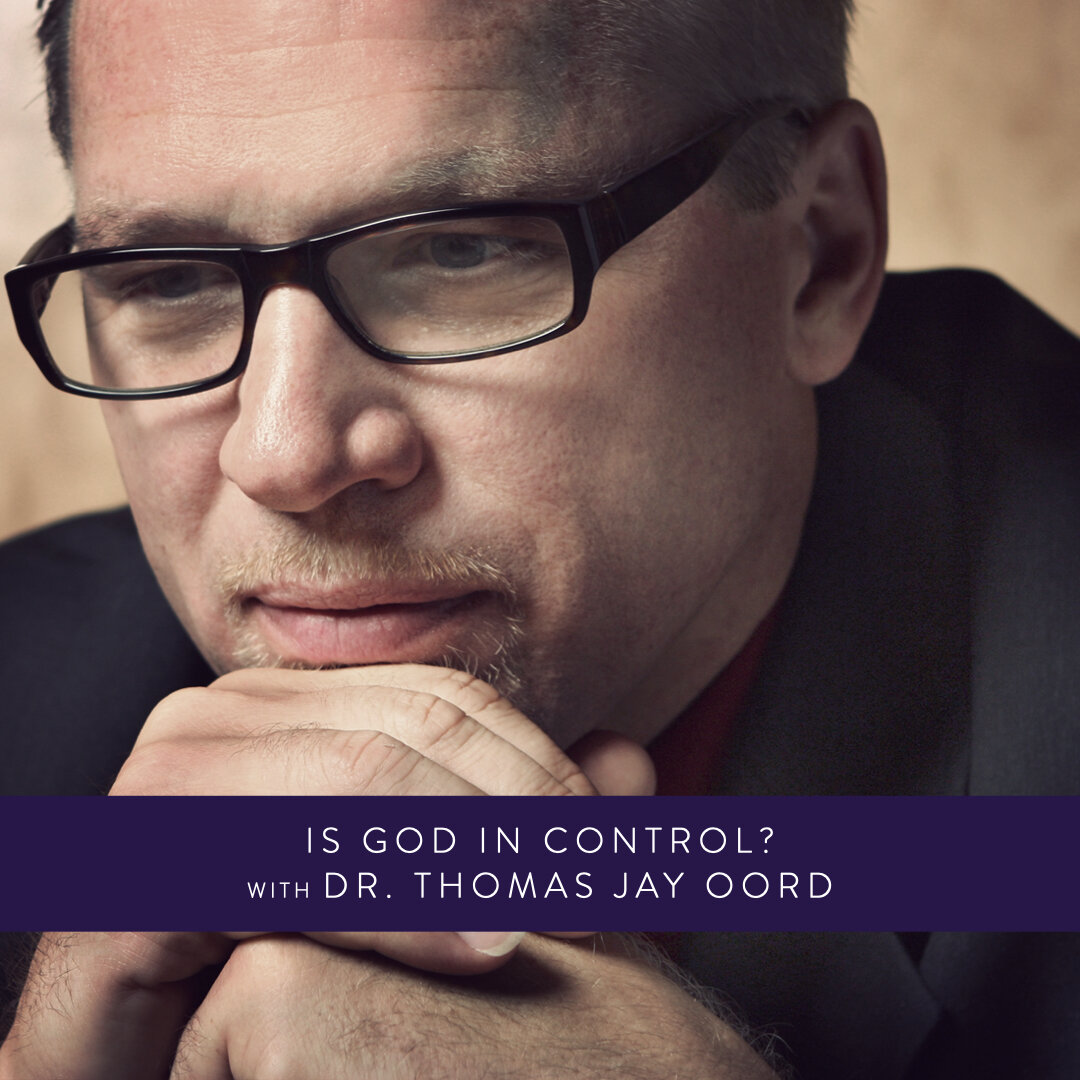
Following the example of other authoritarians, Donald Trump wants us to burn cars. He wants us to throw rocks. He wants images of chaos — especially violence against police or National Guard troops — to flood the evening news. These are precisely the results he wants: to manufacture chaos as a means of justifying repression. We can’t give him what he wants.